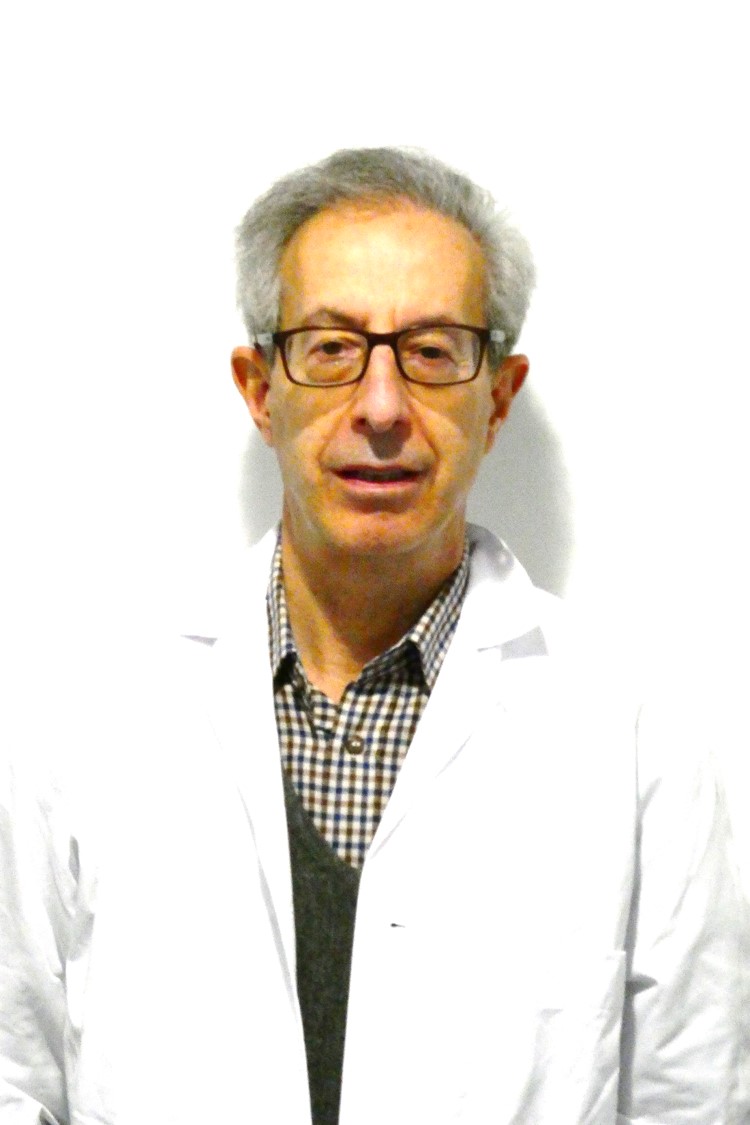EXTRACELLULAR VESICLES
Therapeutic role in cardiovascular disease: CMC has investigated the biological role and the therapeutic potential of secreted extracellular vesicles (EV), particularly of nanosized vesicles of endosomal origin called exosomes, in cardiovascular diseases, with a focus on acute myocardial infarction. Studies from the lab showed that EV secreted by human cardiac mesenchymal-derived progenitor cells were endowed with beneficial biological activities, as demonstrated in both in vitro and in vivo myocardial infarction models and chemotherapy-induced cardiotoxicity models. These properties included cytoprotective, pro-angiogenic, anti-fibrotic, and pro-proliferative effects in cardiomyocytes. In collaboration with the Department of Heart Surgery at Zurich University Hospital, we also demonstrated that such EV significantly reduced infarct scar in a preclinical model of acute myocardial infarction in pigs.
Physio-pathological role in cardiovascular system: CMC is actively studying the role of miRNA carried by cardiomyocyte derived-extracellular vesicles in heart development. Particularly, we aim to understand the physiological signaling that unlock cardiomyocyte proliferation to the development of new therapeutic strategy in myocardial regeneration.








